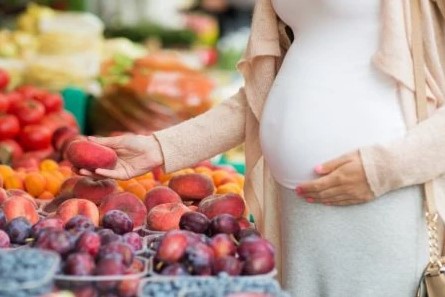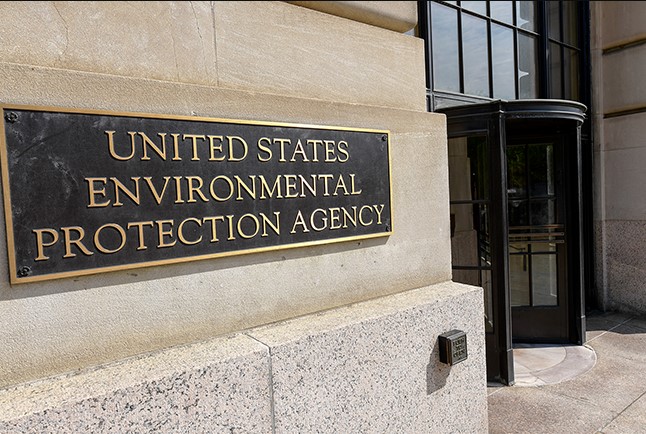The recent report of Consumer Reports reveals that among the tested fruits and vegetables, about 20% had a lot of harmful pesticides in them.
Consumer Reports released the report, calling it their most thorough review of pesticides in food ever. They looked at 59 common fruits and vegetables, including fresh, canned, dried, and frozen ones.
“Our new findings are concerning. Pesticides were a big problem in 20% of the foods we looked at,” said Consumer Reports.
The report included bell peppers, blueberries, potatoes, and strawberries. It also mentioned green beans, which had pesticides that hadn’t been allowed in the U.S. for over ten years.
Consumer Reports pointed out that produce from other countries, especially Mexico, often had high levels of pesticides.
Consumer Reports studied seven years of data from the Department of Agriculture. Every year, the department tests a selection of fruits and veggies grown in or brought to the U.S. for pesticide residue, both conventional and organic.

Farmers use certain chemicals to keep bugs, fungi, and weeds under control. However, some of these chemicals can be harmful to health.
Consumer Reports mentioned that some well-known pesticides, like DDT, are banned in the U.S. However, they argued that regulators are slow to ban others. Also, when a dangerous chemical gets banned, some companies and growers switch to other options that could also be harmful.
Consumer Reports has been watching pesticide use on produce for a long time and has noticed this happening again and again.
However, they found that nearly two-thirds of the foods, especially organic ones, had very little to worry about in terms of pesticides.
Their analysis showed that most of the risks come from just a few pesticides, mainly found in a small number of foods grown on a small part of U.S. farmland.

The EPA (Environmental Protection Agency) mentioned that pesticides are important for ensuring we have enough affordable food, especially fruits and veggies.
When the EPA decides if a pesticide is safe or not, they rely on the best available science. But they noted that science is always changing, and new info can change our understanding of how pesticides affect us.
The EPA said that out of over 29,000 food samples tested by the USDA (U.S. Department of Agriculture), more than 99% had levels of pesticides below what the EPA considers safe.
For the remaining 1%, the EPA explained that many of these detections were for pesticides not meant for use on those foods or were canceled in the U.S., which is a problem with enforcement.
The Risk Use of Pesticides Involves
Consumer Reports found that about 16 out of 25 fruits and about 21 out of 34 vegetables had low levels of pesticide risk. This means that kids and pregnant women can safely eat more than three servings a day of these foods, according to food safety experts at Consumer Reports.
Ten foods were at a moderate risk level. This means it’s safe to eat up to three servings a day.
However, a dozen foods raised bigger concerns. For these, kids and pregnant women should have less than one serving a day of high-risk fruits and vegetables. They should also have less than half a serving per day of very high-risk ones, as suggested by Consumer Reports.

Consumer Reports also recommended that everyone else should limit their consumption of these foods too. They made a list of six conventionally grown fruits and vegetables where pesticides are a serious problem and suggested possible substitutes for them.
When it comes to choosing fruits and vegetables with lower pesticide risks, Consumer Reports suggests some alternatives to certain commonly consumed items. For blueberries, they recommend opting for organic ones, while domestic strawberries are also considered a safer choice.
Bell peppers are best chosen in organic form, or they should be eaten sparingly. Additionally, hot peppers carry a high risk. Sweet potatoes are suggested as a low-risk alternative to regular potatoes.
For green beans, snap peas or organic domestically grown green beans are recommended. When it comes to kale and mustard greens, going organic is advised, and broccoli is another very low-risk option.
While fresh spinach is a better choice, it still poses a moderate risk. Lastly, for watermelon, choosing organic varieties is the safest option, and cantaloupe is also considered to have a very low risk.